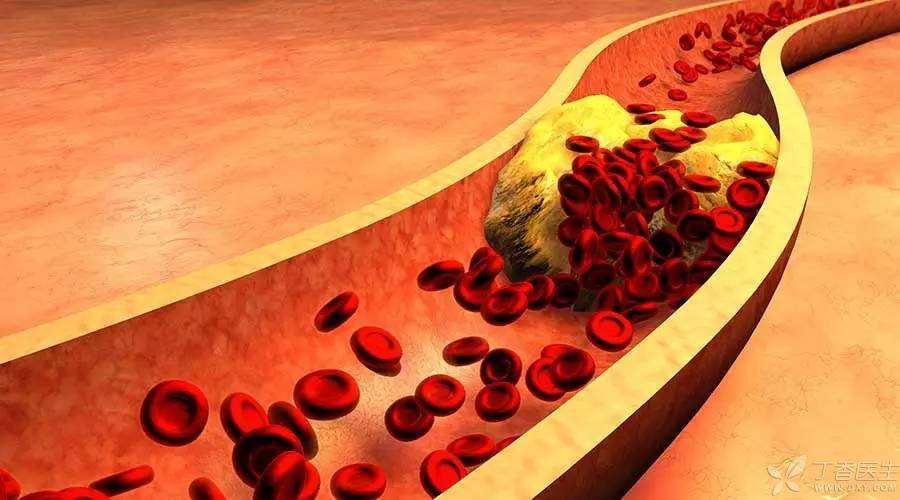In daily life, many people will encounter the problem of swollen legs and feet.
Could this be what’s reason?
What is the cause of swollen legs and feet?
1. Physiological reasons
Standing or walking for a long time: Due to gravity and continuous tension of lower limb muscles, blood reflux slows down, blocking venous blood reflux and edema.
Excessive intake of salt: After eating a lot of salt, you will drink a lot of water, which will also cause changes in some hormone levels in the body, resulting in tissue edema.
Senile edema: As you get older, the function of heart, liver and kidney decreases and the permeability of blood vessel wall increases, which makes it easier for water to pass through the blood vessel wall and run into the tissue space, causing edema.
2. Causes of the disease
Heart: The heart’s ability to pump blood is weakened, which easily leads to blood stasis in peripheral blood vessels and edema.
Liver: The liver is the place where plasma proteins are synthesized. If the liver function is damaged, it is easy to reduce the protein in plasma, resulting in body fluids remaining in tissue gaps and edema.
Kidney: The drainage capacity of the kidney is weakened, and the water and salt components in the body cannot be discharged in time, which is easy to edema.
Nutrition: When malnourished, the protein content in the body decreases, the plasma protein content is low, and edema is easy to occur.
Endocrine: Some hormone secretion disorders that regulate water and electrolyte in the body are easy to cause abnormal water and salt metabolism and edema.

Blood vessels and lymphatic vessels: varicose veins, venous thrombosis, obstruction of lymphatic vessel reflux and other factors may also cause blood and tissue fluid stasis and edema.
Thyroid gland: edema is caused by accumulation of mucopolysaccharides and other components in tissues.
In addition to the above reasons, some drugs, leg and foot trauma, obesity, menstrual period, etc. can lead to leg and foot swelling.
For middle-aged and elderly friends, the most common causes of leg and foot swelling are excessive salt intake, senile edema, heart, liver and kidney diseases, vascular and lymphatic vessel dysfunction, etc.
Is swollen legs and feet harmful to what?
The legs and feet are swollen, and you will feel uncomfortable when walking. Shoes may squeeze your feet. Long-term friction may also lead to skin damage, redness, blistering and even secondary infection.
More importantly, if the swelling of legs and feet is caused by a certain disease, it cannot be ignored. We should go to the hospital in time to clarify the reason so as to deal with it in a targeted way.
How relieves swollen legs and feet?

- Lie down and raise your legs by 30 degrees to facilitate blood to flow back to your heart. You can massage the muscles of the feet and legs from the sole of the foot to increase the pressure of blood vessels and accelerate the blood flow back to the heart. Reduce salt and water intake; Avoid drinking a lot of water before going to bed at night; Move your legs and feet properly every day.
If you are deeply troubled by swollen legs and feet, try the above methods.
Friends with palpitation, chest tightness, oliguria and other symptoms should not patronize to relieve the symptoms of swollen legs and feet, but should go to the hospital in time to find out the cause of swollen legs and feet.
My legs and feet are swollen. What should I do?
If you do not walk and stand for a long time, or do not eat a lot of salt, your legs and feet are prone to edema, and you should go to the hospital in time.
Combined with accompanying symptoms, health headlines suggest the following departments.
Cardiology Department: Accompanied by palpitation, chest tightness, shortness of breath, etc., cardiac color Doppler ultrasound, chest radiograph, electrocardiogram, myocardial enzyme spectrum, etc. may be required.
Digestive internal medicine department: accompanied by jaundice, hepatosplenomegaly, abdominal wall varicose veins, etc., liver and spleen color Doppler ultrasound, liver function, hepatitis virus, liver cancer indicators, etc. may be required.
Nephrology: Accompanied by eyelid edema and oliguria in the morning, renal color Doppler ultrasound, renal function, even renal biopsy and other examinations may be required.
Endocrinology: Accompanied by fatigue and weakness, anorexia, abdominal distension, hypomnesis, fear of cold, etc., thyroid function, water and salt metabolism related hormones such as antidiuretic hormones may need to be examined.
Blood surgery: accompanied by varicose veins, blue and purple skin color of lower limbs or pain, etc., lower limb arteriovenous color Doppler ultrasound, vascular inflammation-related indicators such as erythrocyte sedimentation rate, etc. may be required.
